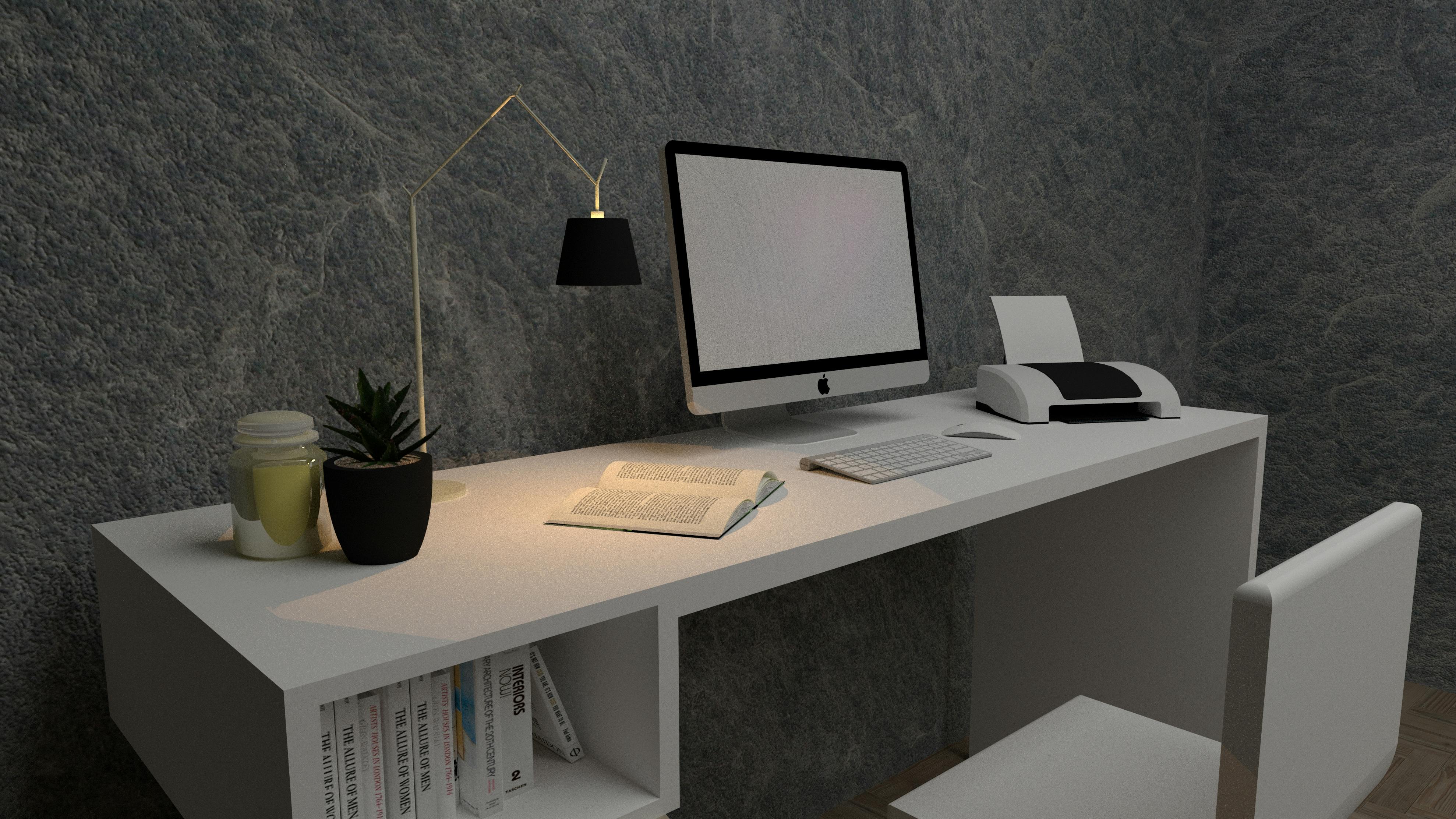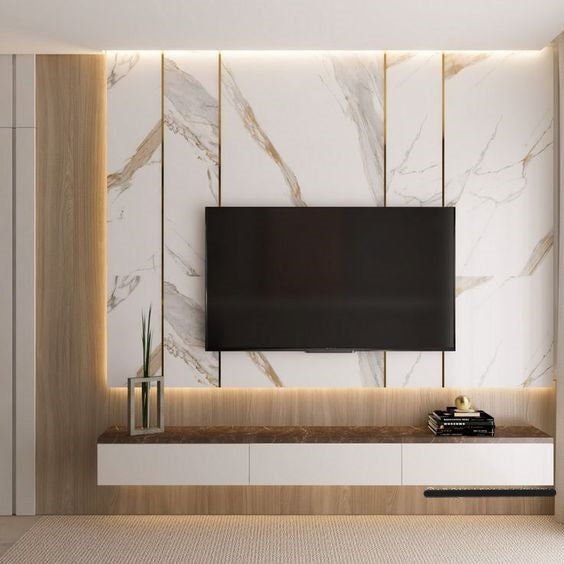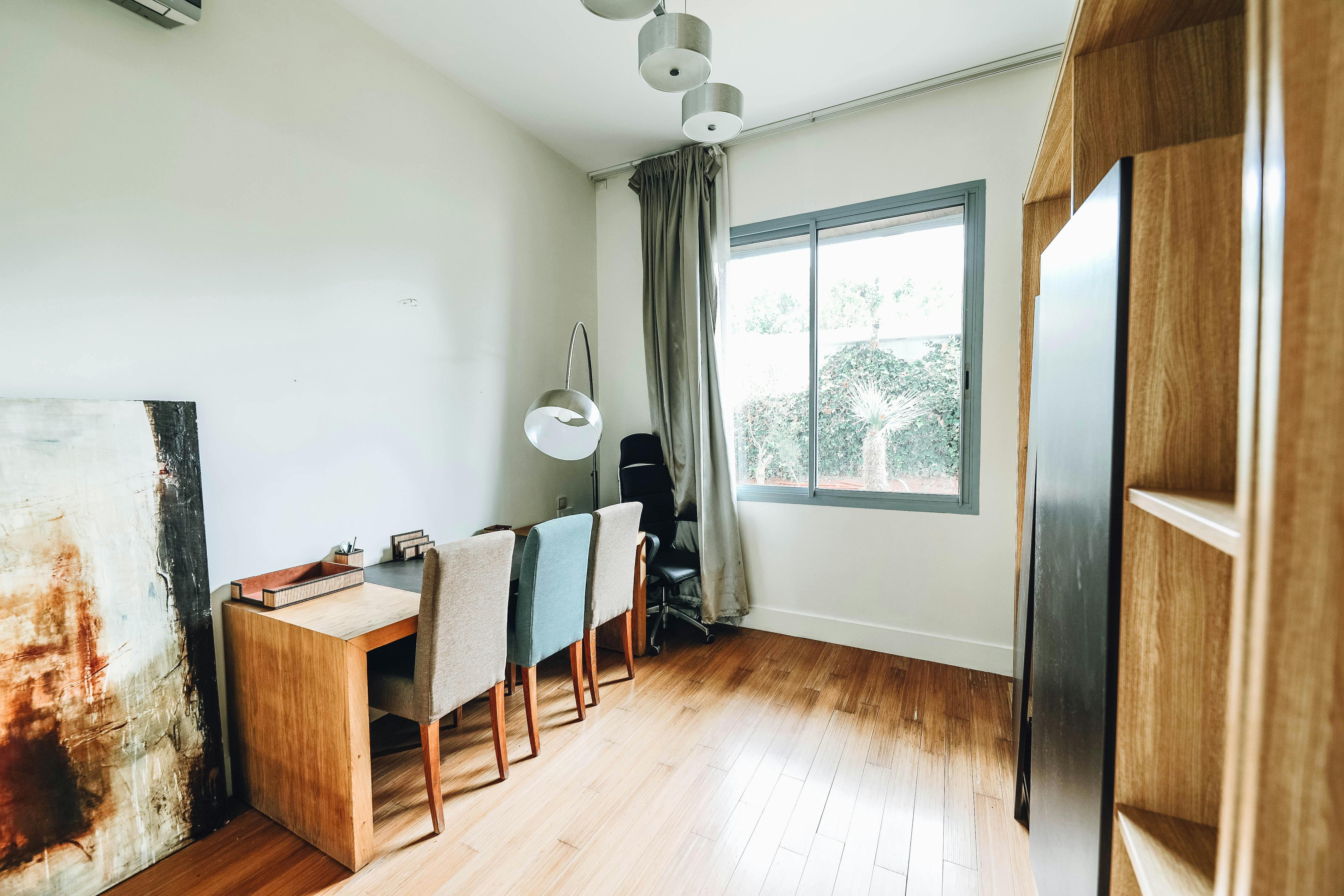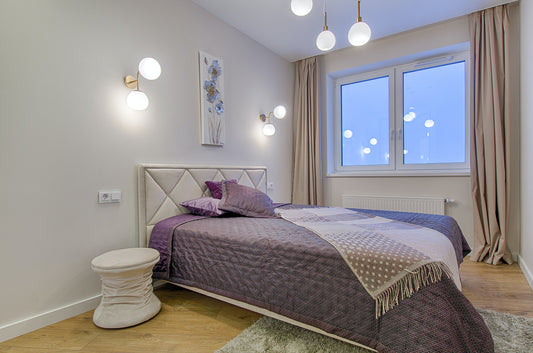In any home office setup, the significance of good lighting cannot be overstated. Proper lighting not only reduces eye strain and fatigue but also significantly impacts mood and overall productivity. Natural light is often considered the gold standard, providing a spectrum of colors that artificial lighting may lack. Positioning the workspace near windows or utilizing daylight-simulating bulbs can enhance alertness and positively influence circadian rhythms. However, considering the potential for glare and the changing natural light conditions, a thoughtful combination of natural and artificial lighting is often ideal.
Incorporating task lighting for focused work and ambient lighting for a well-lit environment can strike a balance, creating a workspace that is both functional and visually appealing. To further enhance the ambiance, adding plants and decor elements can contribute to a more pleasant and conducive work environment. Plants not only improve air quality but also bring a touch of nature indoors, promoting a sense of calmness and well-being. Thoughtfully chosen decor, such as artwork or personal items, can personalize the space, making it more comfortable and inspiring.
Organization and Decluttering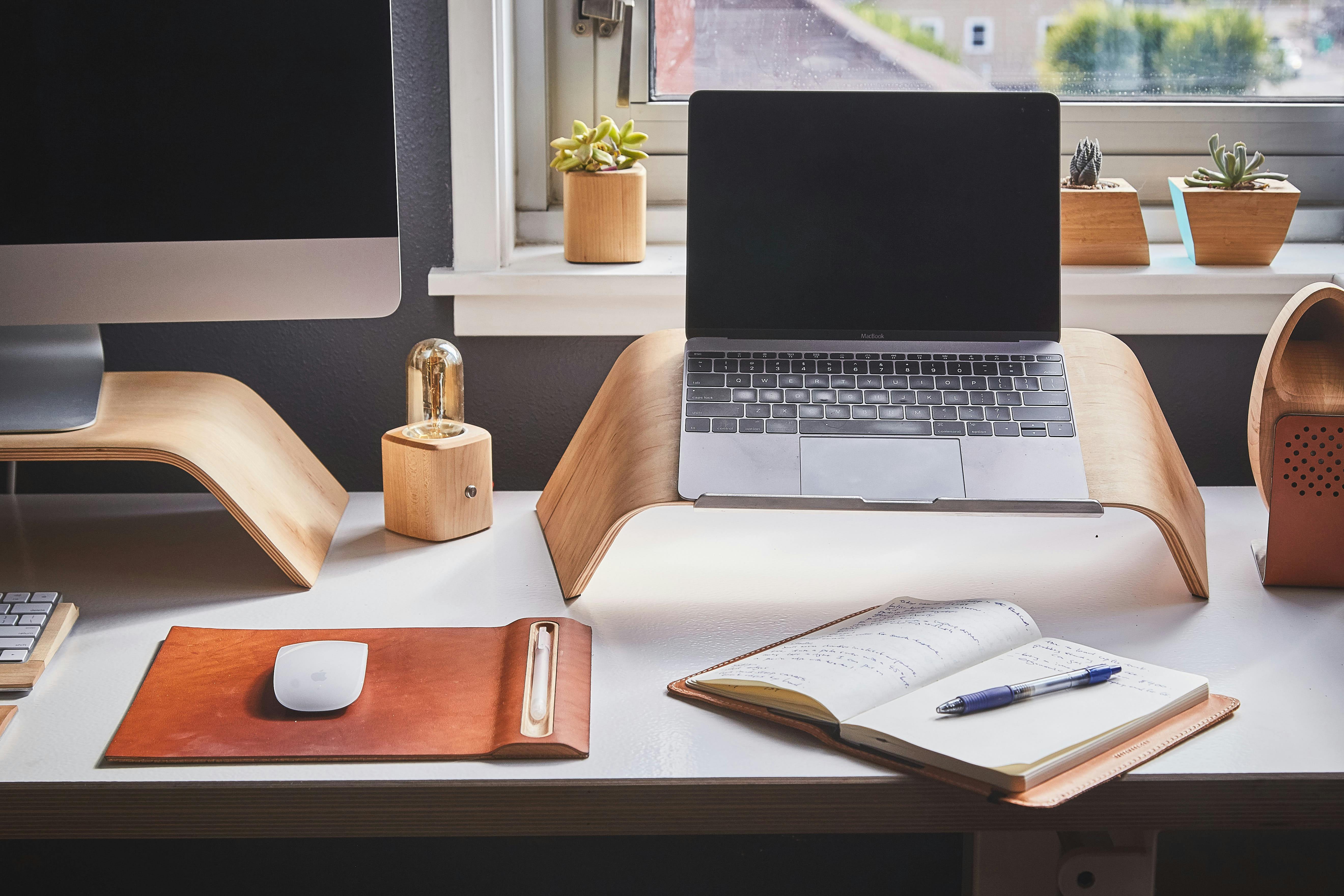
Efficiency in a home office begins with the strategic organization and decluttering of the workspace. Streamlining the area involves carefully assessing the essential tools and materials required for daily tasks. Investing in furniture with built-in storage solutions, such as desks with drawers or shelves, can help reduce visual clutter. Utilizing vertical space, such as wall-mounted shelves or organizers, further maximizes storage without sacrificing floor space.
Digital organization is equally crucial in maintaining a seamless workflow. Creating a well-organized digital filing system, regularly decluttering computer files, and utilizing project management tools can enhance efficiency and accessibility. Implementing a minimalist approach, where only necessary items are visible and within reach, not only reduces distractions but also fosters a clear and focused mindset. Overall, a well-organized and decluttered home office not only promotes productivity but also contributes to a more comfortable and stress-free work environment.
Technological Optimization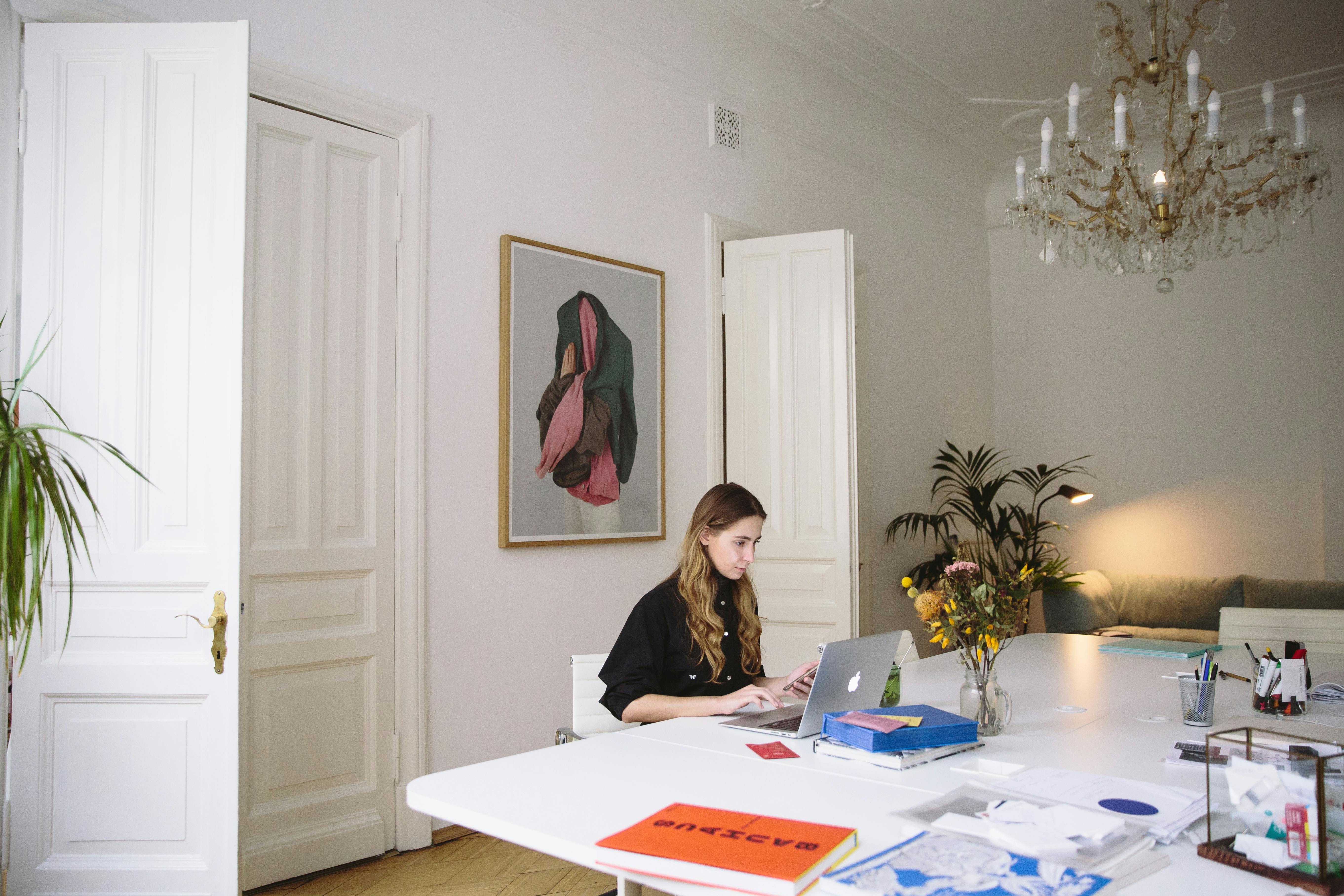
In the rapidly evolving landscape of remote work, ensuring technological optimization is paramount for enhanced productivity in a home office. Begin by evaluating the efficiency of your current devices and consider upgrading to more advanced tools that align with your work requirements. Whether it's a faster computer, a high-resolution monitor, or ergonomic accessories, investing in the right technology can significantly impact your workflow. Additionally, setting up a reliable and efficient internet connection is crucial. Opt for a high-speed and stable internet service provider to avoid disruptions during virtual meetings and ensure smooth data transfers. Embrace the vast array of productivity apps and tools available, such as project management software, communication platforms, and time-tracking applications, to streamline tasks and facilitate seamless collaboration with colleagues.
Personalization and Motivation
Beyond the technological realm, personalization and motivation play pivotal roles in transforming a home office into a haven of productivity. Adding personal touches to the workspace can foster a sense of ownership and comfort. Consider incorporating artwork, photos, or meaningful decorations that resonate with your interests. Creating a motivating and inspiring atmosphere involves selecting colors and decor that evoke positive emotions. Integrate elements that align with your goals and aspirations, creating an environment that fuels your passion for work. Establishing a routine further enhances focus and productivity. Define clear work hours, breaks, and rituals that signal the start and end of the workday. A well-established routine not only structures your day but also contributes to a healthy work-life balance, reinforcing the positive impact of a personalized and motivating workspace.
Conclusion
The transformation of a home office into a productivity haven encompasses various facets, from technological optimization to personalization and motivation. The evaluation and upgrade of technology, coupled with a reliable internet connection and the strategic use of productivity tools, form the backbone of a streamlined and efficient work environment. I encourage readers to implement these strategies, tailoring them to their unique needs, to experience a transformative shift towards a more productive and fulfilling work environment.
